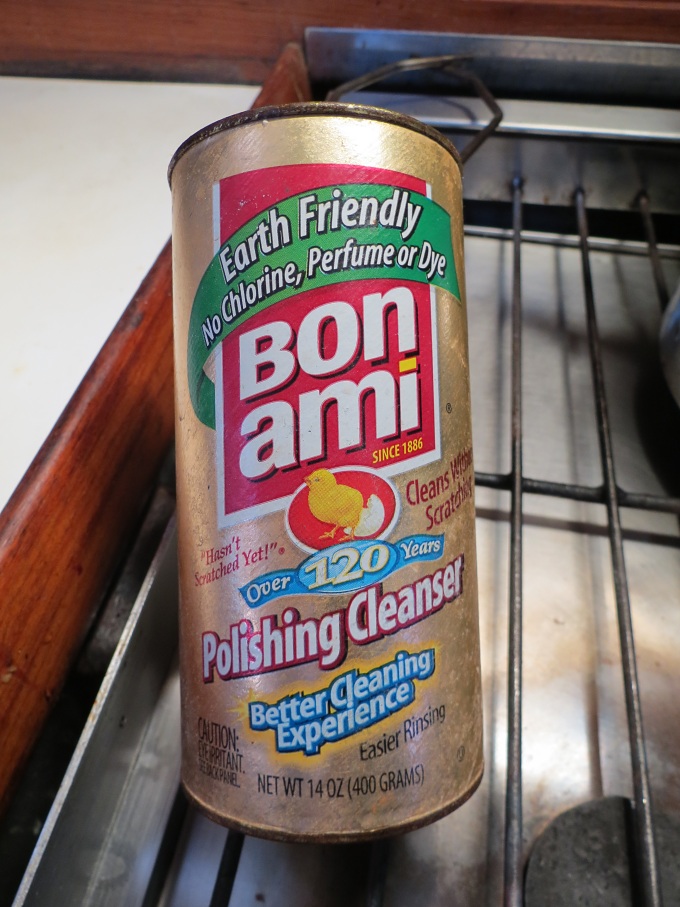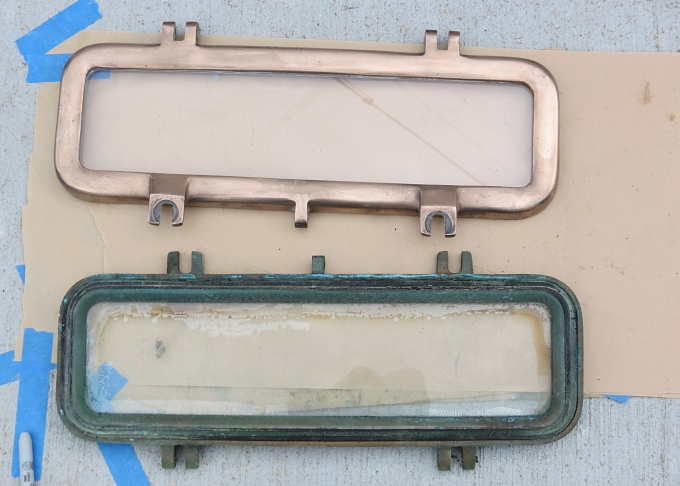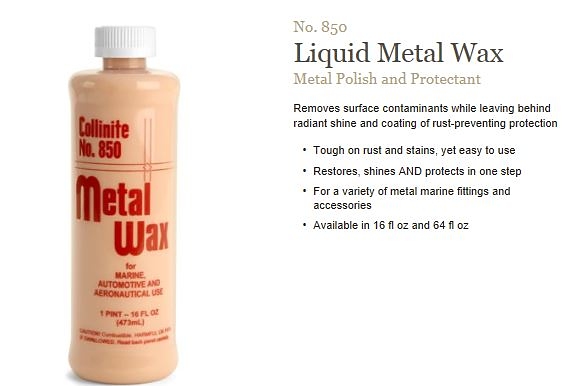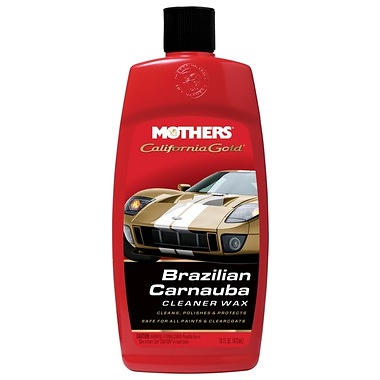Cleaning the Boat
/The topic of cleaning your boat is always an interesting one when cruisers get together. Everyone has a special product they really like or really hate and there's no dearth of opinions. First of all, when it comes to cleaning Nine of Cups, it's a bit different than cleaning your land-based house (unless it's a houseboat). We originally bought every product under the sun that promised to keep the stainless from oxidizing, the topsides shining and the teak soles beautiful. Some worked; most didn't. When we left the USA, many of the products that did work were no longer available or so expensive to purchase, we had to find alternatives. We've changed our philosophy. Now we keep it simple. Simple doesn't mean we don't buy any specialty products, but it does mean we've cut back drastically on what we do buy.
Down below I use copious amounts of Bon Ami, a powdered cleanser that “hasn't scratched yet.” Bon Ami (pronounced bone-amee, I'm afraid) works well for the stainless sinks, the stovetop and oven. I use it for scrubbing pans (no rusty SOS pads for me) and apply a paste of it to clean off any baked-on gunk or grease. It's cheap and easily stowed … and most importantly, it works.
White vinegar is my primary cleaning agent of choice for wiping down the insides of lockers to get rid of and/or control mold and mildew. I also use vinegar for cleaning mirrors, port lights, washing floors, making pickles, in place of eggs when I'm running out, and rinsing my hair if I don't have conditioner. I like vinegar … it's versatile, cheap, effective and available everywhere we go.
Bleach is used aboard, primarily in laundry applications and to purify water that we haven't made ourselves and which might be suspect because of its source.
Cleaning bronze porthole frames used to be a pain (and still is) to the point I preferred verdigris to the aggravation of trying to clean them. Bar Tenders Helper didn't work. We tried malt vinegar on advice from a fellow cruiser, but that didn't work well either, nor did any of the specialty metal cleaners, waxes and polishes. When we last replaced the plexiglass in the portholes, we soaked them in muriatic acid to remove all the built-up oxidation. We now use Grunt (see below) regularly to keep the portholes more presentable. It's still a hassle, but it works.
Keeping the stainless shiny and stain-less is a shared responsibility. We've tried all sorts of products and the one that seems to work the best for us is Collinite Liquid Metal Wax #850. It's a beige-colored cream that you smear on and wipe off. It doesn't take much elbow grease and the results are great. We've been using it for nearly a decade. A bottle lasts a long time (either it's good or we don't clean the stainless as often as we should) and I usually bring back one or two in my luggage whenever I visit the States. When the stainless is really, really bad, we sometimes clean it first with Grunt (see below) and then apply the wax after. That is usually done when it's David's turn to clean the stainless. He tends to be a bit more meticulous than I. (Go figure!)
For the topsides, David uses a light detergent to wash off the dirt and marks, then cleans and waxes them with Mothers California Gold Carnauba Wash and Wax. Once in awhile when we're in an area with a lot of tannin in the water, our white topsides and waterline become stained a rusty brown. David uses a commercial waterline cleaner to remove the stains from our white hull and then puts Mothers to work.
For the decks, which are now painted, we use plain old soap and water ... liquid detergent works just fine. If there are stubborn stains, we use an appropriate cleaner to remove them first … maybe a good rust remover (Grunt) or sometimes just Bon Ami, for seagull poop stains (yuck).
We found a few winners in our travels that we stocked up on at the time, but can't seem to find anywhere else. One example is Sufox from Ecuador which I believe is phosphoric acid. We use it frequently for soaking rusted, corroded or oxidized parts. Letting stainless hardware and fittings soak a few days in Sufox makes them as shiny as new. Another is GRUNT from New Zealand, a gel we use for removing heavy rust stains from stainless, fiberglass or even lines and clothing. It also works well to remove oxidation from bronze parts.
We have very little teak that isn't varnished, but we do have some. To keep it looking good, every two months or so, we use a very soft bristled brush and fresh water to give it a light scrub, then rinse it with water. We make sure to only work the brush across the grain – never with the grain.
We paint the hull below the waterline with an ablative anti-fouling paint, alternating colors each time we paint, so we can tell when the old paint is wearing off. Of course, if there's a reef growing on the bottom of the boat, that might be an indicator that the anti-fouling is not working or we've stuck around too long in one place. The only cleaner for that? a haul-out or more likely elbow grease, of which we have an ample supply.






